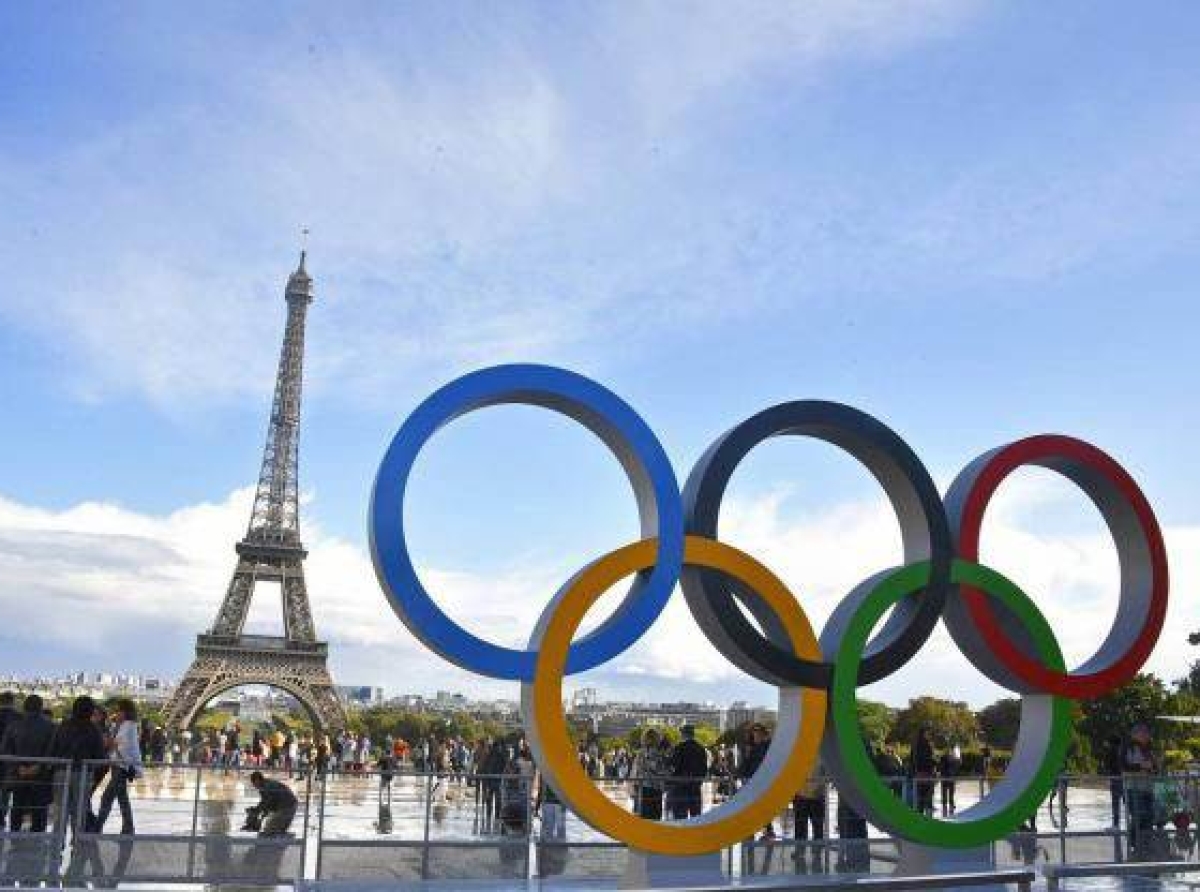Sky World News/ The last summer Olympics, in Tokyo, were the hottest on record.
The Paris games, kicking off next week, could be hotter. With wide boulevards, busy roads and zinc-topped roofs, Paris is a heat island. Daytime high temperatures have routinely topped 30°C in July and August in recent years. Add high humidity and competitions scheduled around midday, and it becomes a potentially dangerous environment for competitors.
The heat risk experienced by athletes is different to that for those of us watching from the sidelines. Exercise produces considerable warmth in the body as a by-product of movement. That heat is dissipated through the skin, which becomes red and flushed. This happens both via radiative losses and, vitally, via sweat, which evaporates to cool us. In summer, the temperature gradient with our surroundings narrows, so radiative cooling declines or stops. If rising temperature, high humidity and a lack of a breeze make it impossible for the body to sweat properly, it can spell big trouble.
This state occurs at a “feels-like” temperature in the mid-30s and above. In these conditions, heat can’t escape the body and continues to build. Initially, breathlessness, fatigue, some cramping, maybe some nausea and light-headedness occur. Dehydration will make any of these symptoms worse.
If cooling interventions aren’t provided, and body temperature doesn’t drop, catastrophic outcomes like fatal heat stroke can follow with just 30 minutes of additional exposure. Several Olympic events last long enough for that to happen.




